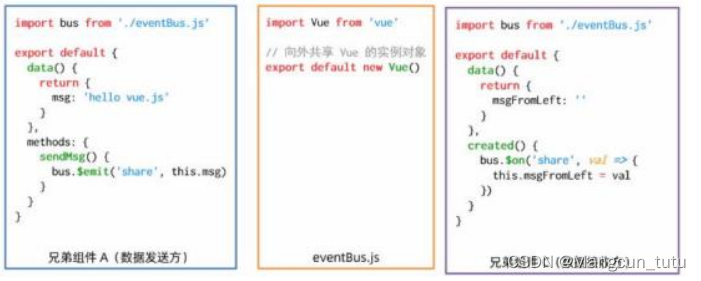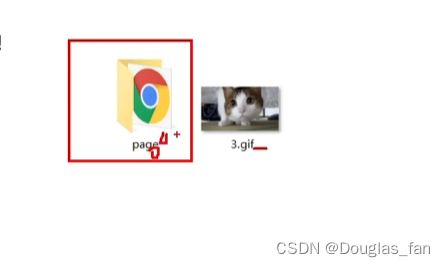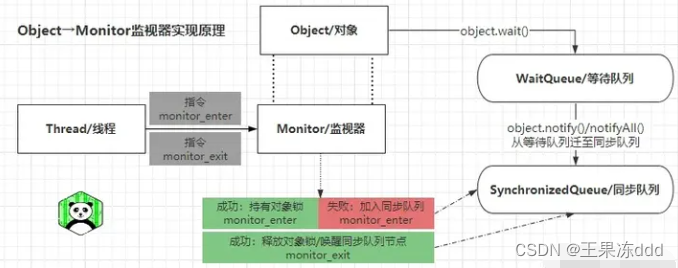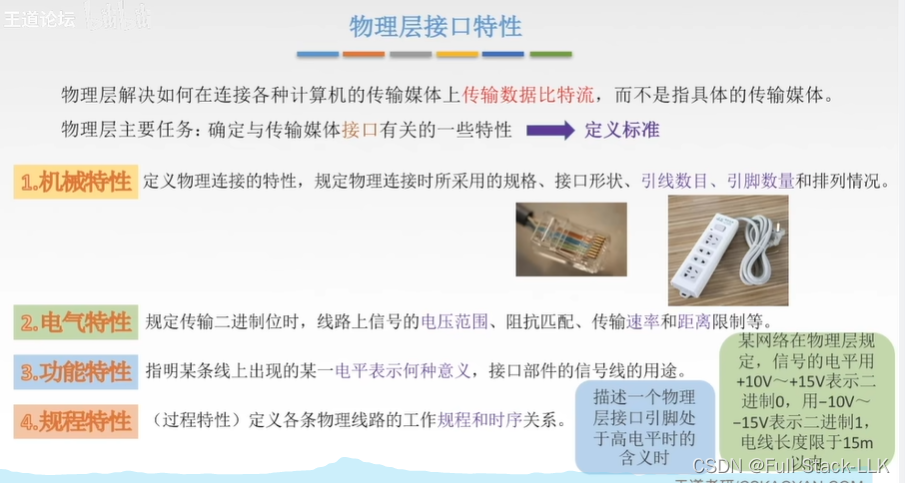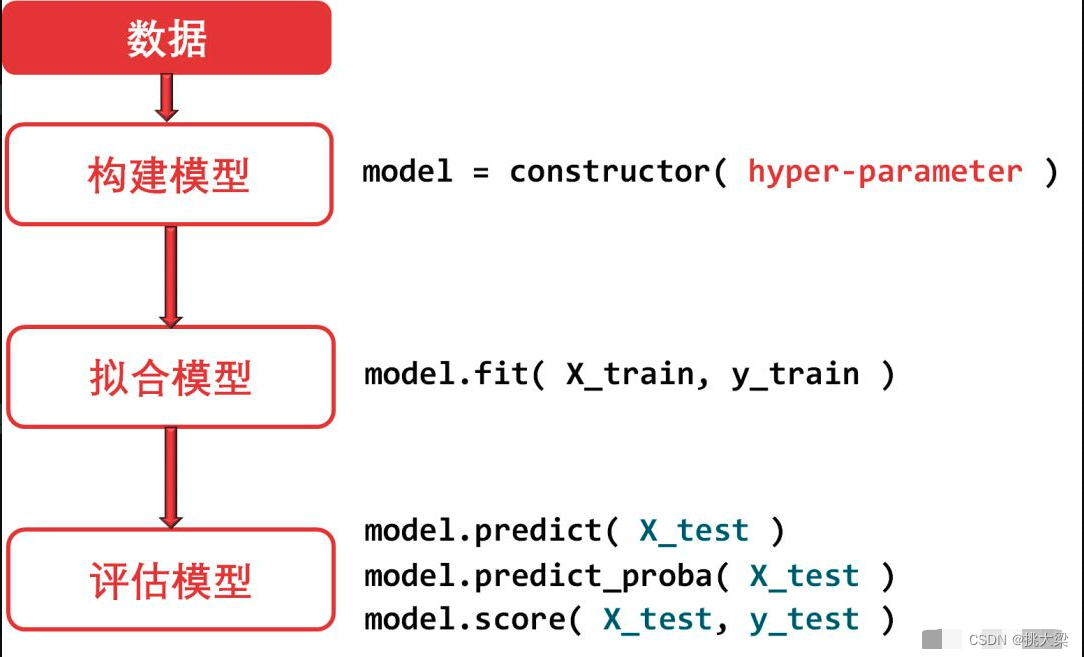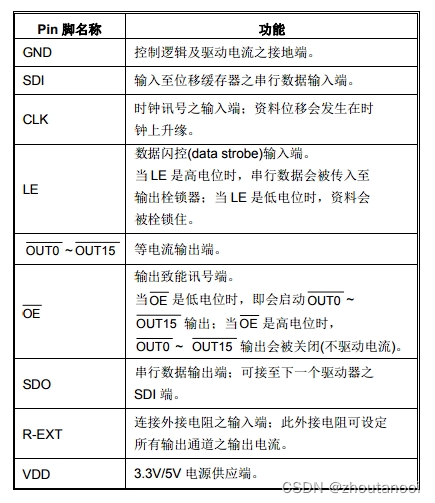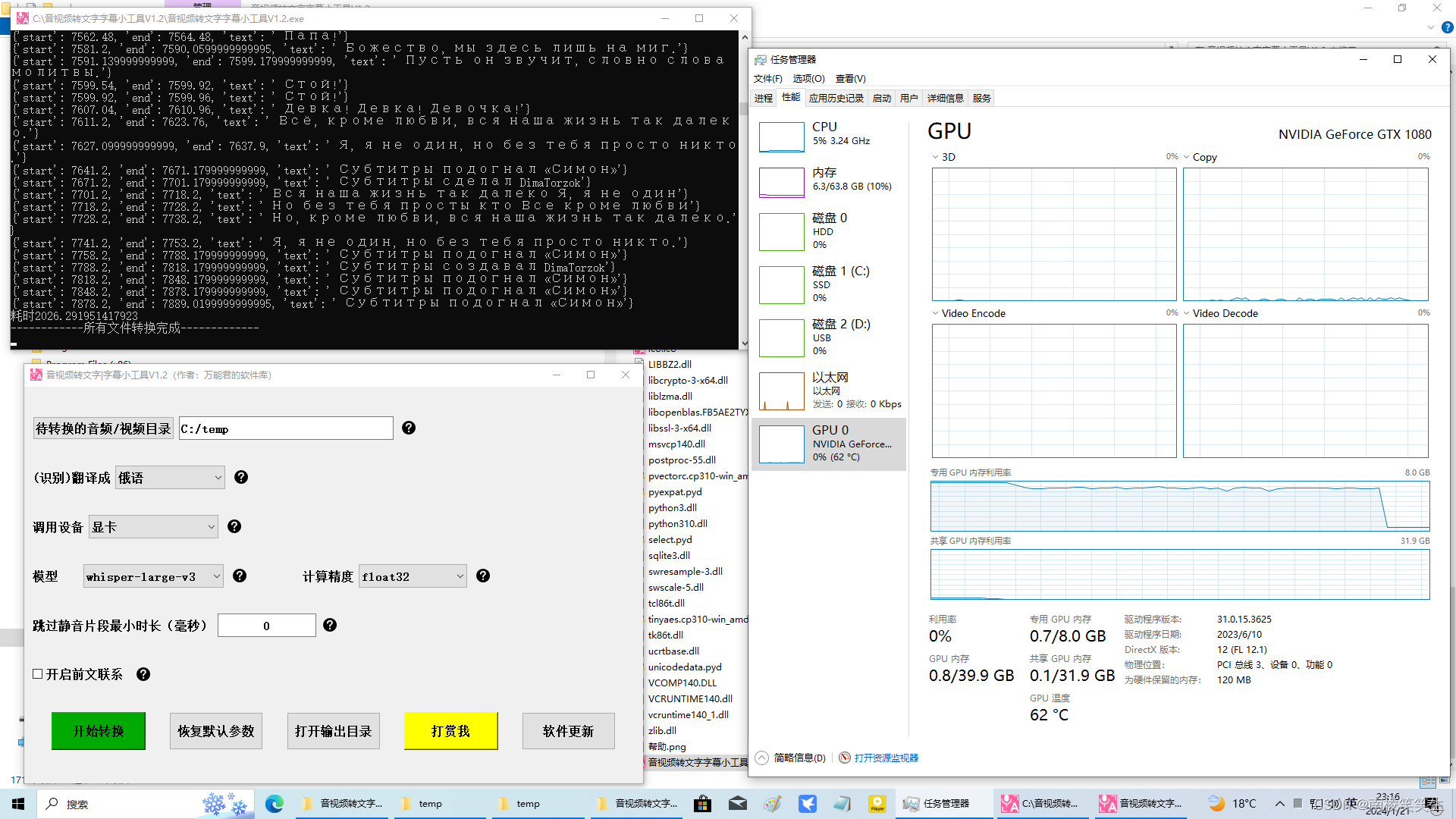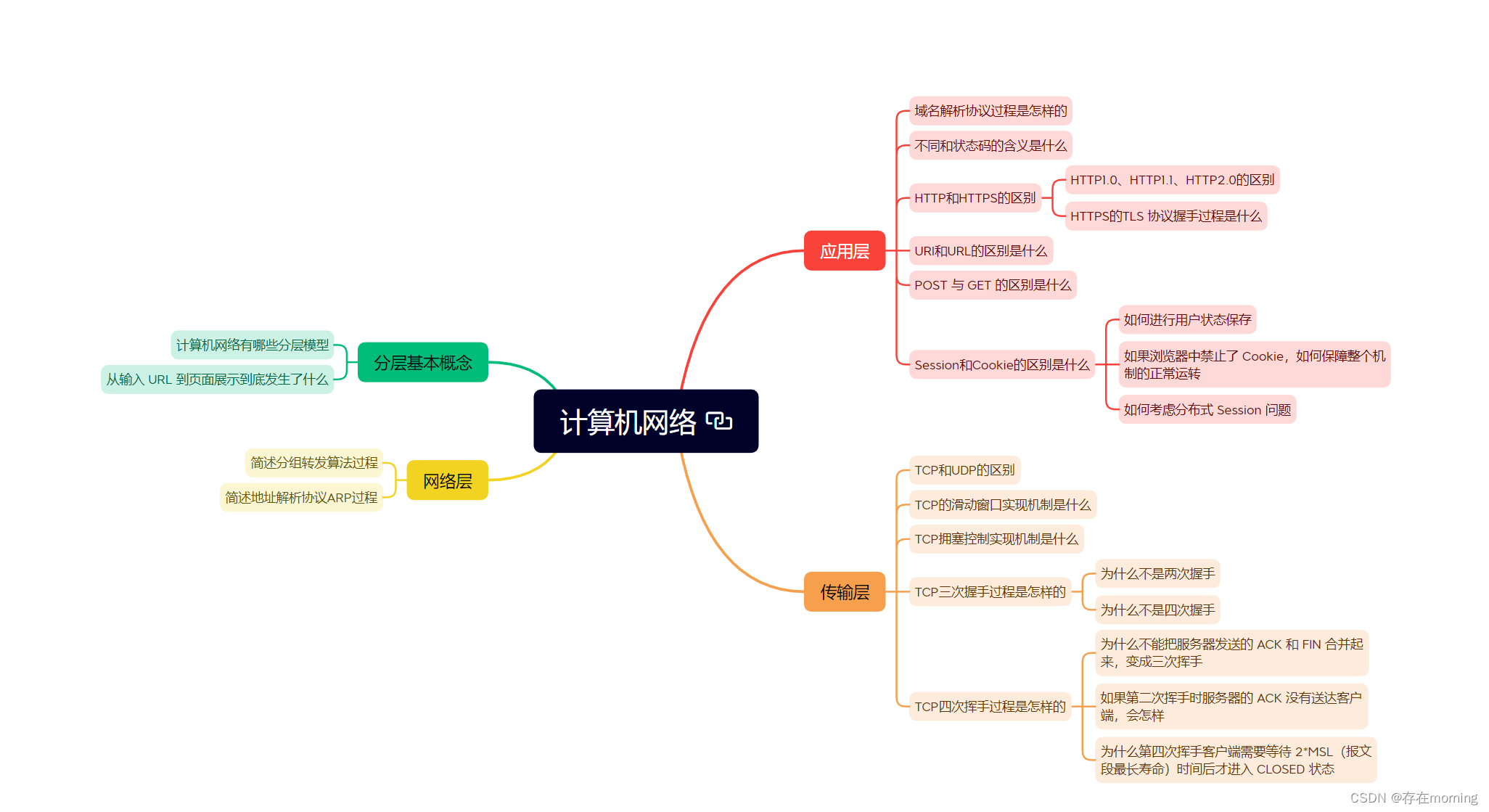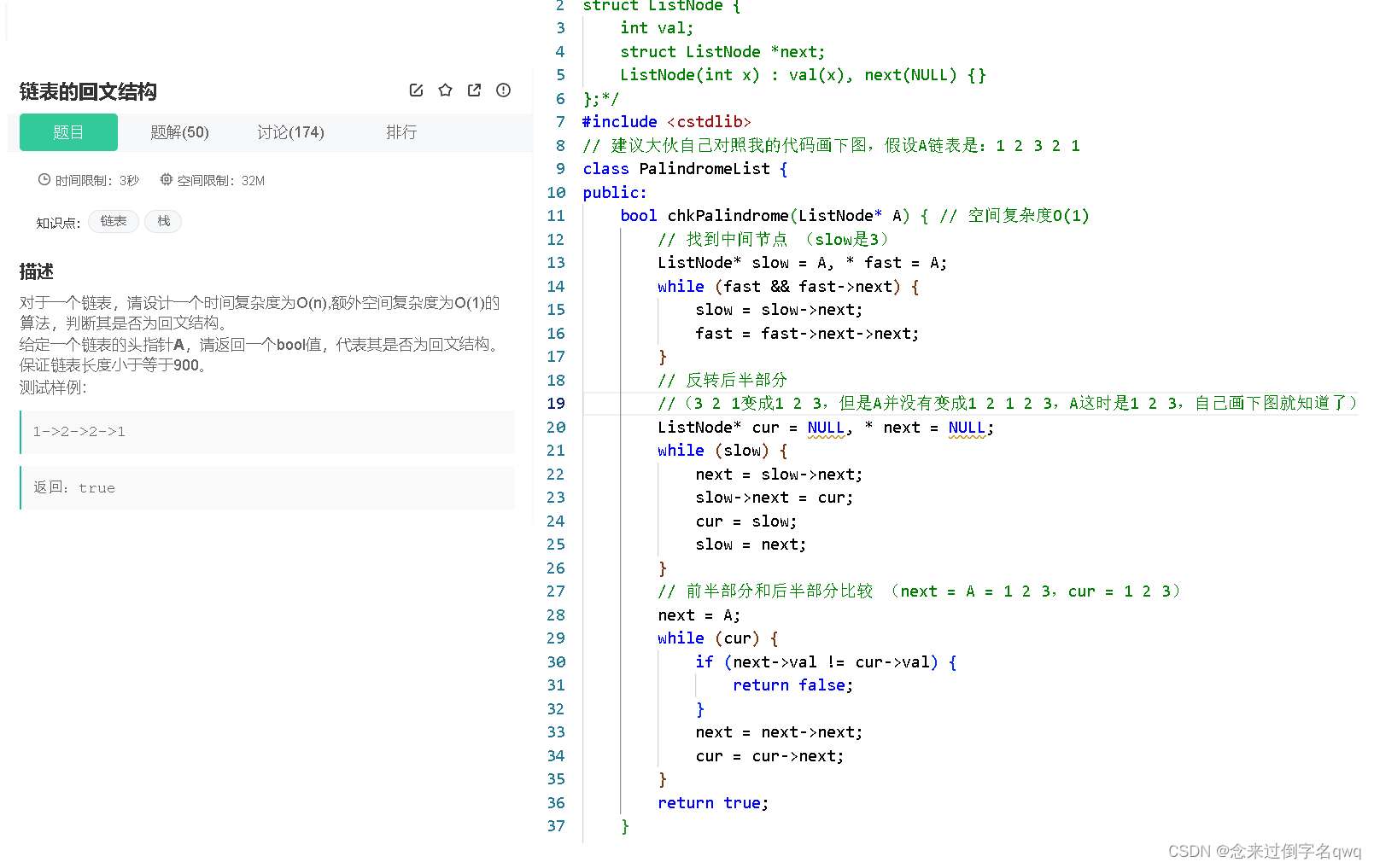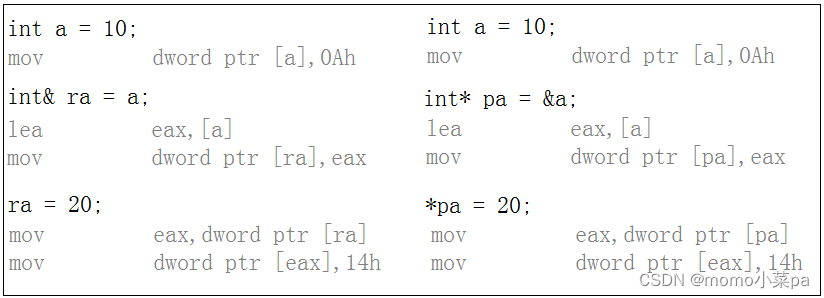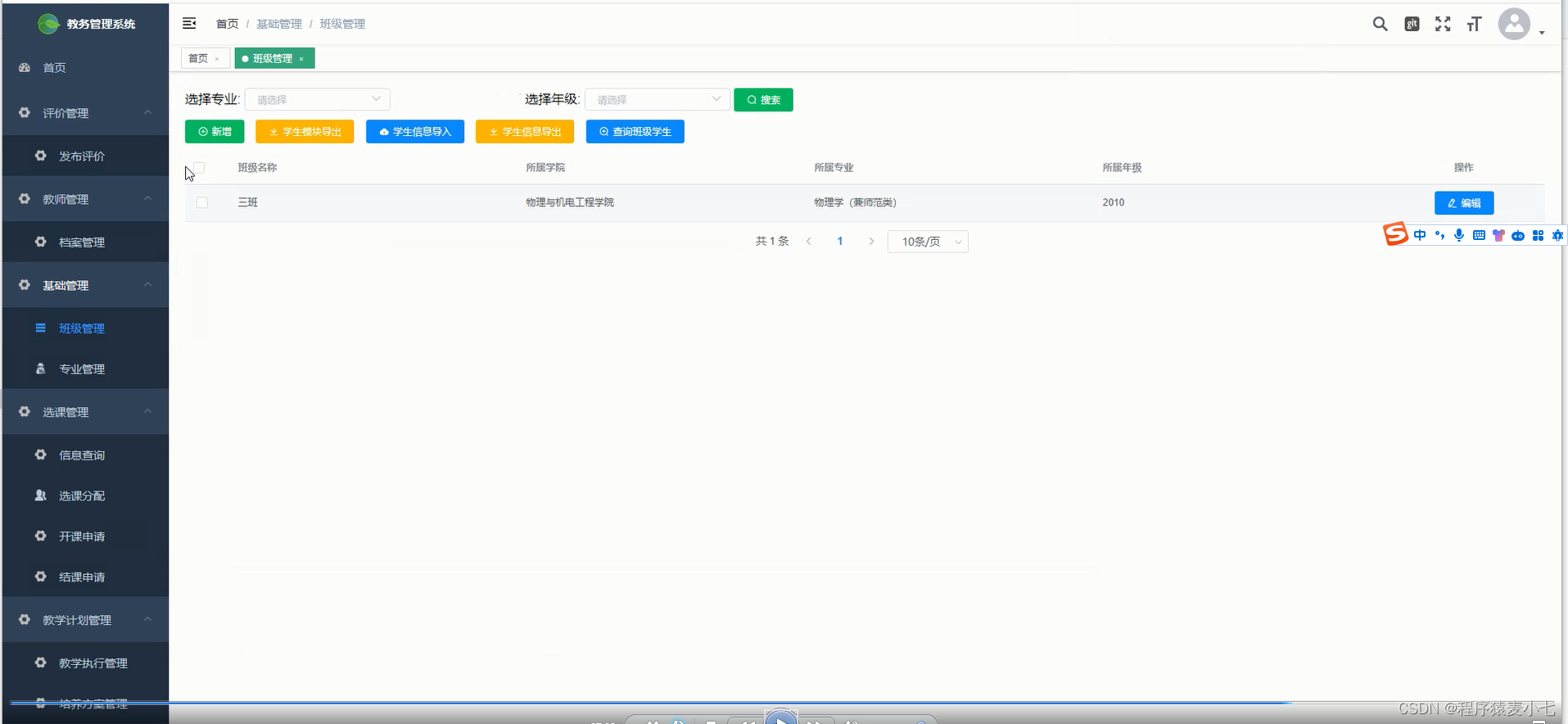博主介绍:✌全网粉丝喜爱+、前后端领域优质创作者、本质互联网精神、坚持优质作品共享、掘金/腾讯云/阿里云等平台优质作者、擅长前后端项目开发和毕业项目实战✌有需要可以联系作者我哦!
🍅附上相关C语言版源码讲解🍅
👇🏻 精彩专栏推荐订阅👇🏻 不然下次找不到哟
文章目录
-
-
一、链表定义
二、链表实战
1、单链表(C语言实现版本)
2、双链表(C++)
三、分析总结
优点:
应用:
小结
大家点赞、收藏、关注、评论啦 !
谢谢哦!如果不懂,欢迎大家下方讨论学习哦。
-
一、链表定义
链表是一种数据结构,它由一系列节点组成,这些节点按顺序连接在一起形成链式结构。每个节点包含数据和指向下一个节点的引用(指针)。链表的最后一个节点通常指向一个特定的值(如空值或null),表示链表的结束。
链表是一种数据结构,它由一系列节点组成,这些节点按顺序连接在一起形成链式结构。每个节点包含数据和指向下一个节点的引用(指针)。链表的最后一个节点通常指向一个特定的值(如空值或null),表示链表的结束。
链表可以分为单链表和双链表两种主要类型:
1. 单链表(Singly Linked List):每个节点包含数据和指向下一个节点的指针。链表的最后一个节点指向null。
节点1 节点2 节点3
| 数据1 | -> | 数据2 | -> | 数据3 | -> null
2. 双链表(Doubly Linked List):每个节点包含数据、指向下一个节点的指针,以及指向前一个节点的指针。这使得在双链表中可以更方便地进行前向和后向遍历。
null <- | 数据1 | <-> | 数据2 | <-> | 数据3 | -> null
链表优点: 链表相对于数组的优势在于插入和删除操作的效率较高,因为不需要移动大量元素,只需调整节点的指针。然而,链表的缺点是访问元素时需要按顺序遍历,而数组可以通过索引直接访问元素。链表在内存中不需要连续的存储空间,因此可以更灵活地分配内存。
二、链表实战
1、单链表(C语言实现版本)
#include <stdio.h>
#include <stdlib.h>// 定义节点结构
struct Node {int data; // 节点数据struct Node* next; // 指向下一个节点的指针
};// 定义链表结构
struct LinkedList {struct Node* head; // 链表头指针
};// 初始化链表
void initLinkedList(struct LinkedList* list) {list->head = NULL; // 将头指针初始化为NULL,表示链表为空
}// 在链表末尾添加节点
void append(struct LinkedList* list, int data) {// 创建新节点struct Node* new_node = (struct Node*)malloc(sizeof(struct Node));new_node->data = data;new_node->next = NULL;// 判断链表是否为空if (list->head == NULL) {// 如果为空,将新节点设为头节点list->head = new_node;} else {// 如果不为空,找到链表末尾,将新节点链接到末尾struct Node* current = list->head;while (current->next != NULL) {current = current->next;}current->next = new_node;}
}// 在链表开头添加节点
void prepend(struct LinkedList* list, int data) {// 创建新节点struct Node* new_node = (struct Node*)malloc(sizeof(struct Node));new_node->data = data;new_node->next = list->head;// 将新节点设为头节点list->head = new_node;
}// 删除节点
void deleteNode(struct LinkedList* list, int data) {struct Node* current = list->head;struct Node* prev = NULL;// 遍历链表,找到待删除节点及其前一个节点while (current != NULL && current->data != data) {prev = current;current = current->next;}// 如果找到待删除节点if (current != NULL) {// 如果待删除节点不是头节点if (prev != NULL) {prev->next = current->next;} else {// 如果待删除节点是头节点list->head = current->next;}free(current); // 释放内存}
}// 更新节点
void updateNode(struct LinkedList* list, int oldData, int newData) {struct Node* current = list->head;// 遍历链表,找到待更新节点while (current != NULL && current->data != oldData) {current = current->next;}// 如果找到待更新节点if (current != NULL) {current->data = newData; // 更新节点数据}
}// 搜索节点
struct Node* searchNode(struct LinkedList* list, int data) {struct Node* current = list->head;// 遍历链表,找到包含指定数据的节点while (current != NULL && current->data != data) {current = current->next;}return current; // 返回节点指针
}// 显示链表内容
void display(struct LinkedList* list) {struct Node* current = list->head;while (current != NULL) {printf("%d -> ", current->data);current = current->next;}printf("NULL\n");
}// 释放链表内存
void freeLinkedList(struct LinkedList* list) {struct Node* current = list->head;struct Node* next = NULL;while (current != NULL) {next = current->next;free(current);current = next;}list->head = NULL;
}int main() {struct LinkedList myLinkedList;initLinkedList(&myLinkedList);// 添加节点append(&myLinkedList, 1);append(&myLinkedList, 2);append(&myLinkedList, 3);// 显示链表内容printf("链表内容:");display(&myLinkedList);// 在开头添加节点prepend(&myLinkedList, 0);// 显示链表内容printf("在开头添加节点后的链表:");display(&myLinkedList);// 删除节点deleteNode(&myLinkedList, 2);// 显示链表内容printf("删除节点后的链表:");display(&myLinkedList);// 更新节点updateNode(&myLinkedList, 1, 10);// 显示链表内容printf("更新节点后的链表:");display(&myLinkedList);// 搜索节点int searchData = 10;struct Node* searchResult = searchNode(&myLinkedList, searchData);if (searchResult != NULL) {printf("找到数据为 %d 的节点。\n", searchData);} else {printf("未找到数据为 %d 的节点。\n", searchData);}// 释放链表内存freeLinkedList(&myLinkedList);return 0;
}
执行结果详细:

2、双链表(C++)
#include <iostream>
#include <cstdlib>
#include <cstdio> using namespace std;
typedef struct Node
{ int data; struct Node *prior; struct Node *next;
} LinkList; LinkList *Create()
{ LinkList *head; head=(LinkList*)malloc(sizeof(LinkList)); if(head!=NULL) { head->prior=NULL; head->next=NULL; return head; } else return NULL;
} int Insert(LinkList *head,int e) //尾插法
{ LinkList *p; LinkList *q=head; p=(LinkList*)malloc(sizeof(LinkList)); if(p!=NULL) { p->data=e; p->prior=NULL; p->next=NULL; while(q->next!=NULL) { q=q->next; } q->next=p; return 1; } return 0;
} LinkList* Change(LinkList *head) //变成双向链表后返回一个尾指针
{ LinkList *p,*q; p=head; q=p->next; while(q!=NULL) { q->prior=p; p=p->next; q=q->next; } return p;
} void Output1(LinkList *head) //从头到尾遍历输出
{ LinkList *p; p=head->next; while(p!=NULL) { printf("%d ",p->data); p=p->next; } printf("\n");
} void Output2(LinkList *tail) //从尾到头遍历输出
{ LinkList *p; p=tail; while(p->prior!=NULL) { printf("%d ",p->data); p=p->prior; } printf("\n");
} void FreeLink(LinkList *head) //释放
{ LinkList *p,*q; p=head; q=NULL; while(p!=NULL) { q=p; p=p->next; free(q); }
} int main()
{ LinkList *phead,*tail; int n,e,flag; phead=Create(); if(phead!=NULL) { cout<<"请输入长度:";scanf("%d",&n); for(int i=0;i<n;i++) { scanf("%d",&e); flag=Insert(phead,e); }cout<<"从头到尾输出为: ";Output1(phead); tail=Change(phead); cout<<"从尾到头输出为: ";Output2(tail); FreeLink(phead); } return 0;
}
代码执行结果:
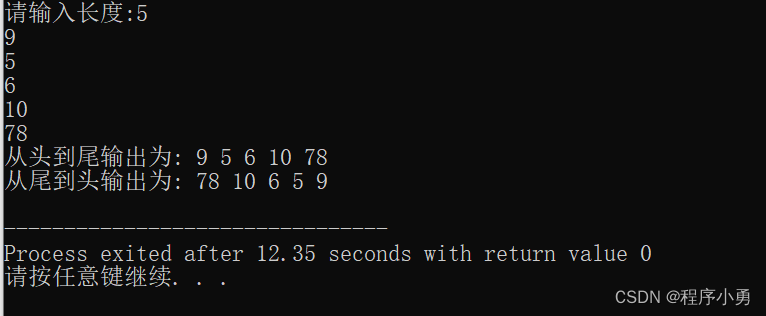
三、分析总结
链表是一种常见的数据结构,具有一些优点和应用:
优点:
1. 动态内存分配:链表允许在运行时动态分配内存,这使得它更加灵活,不需要预先指定存储空间大小,通过动态分配内存可以实现降低时间运行成本。
2. 插入和删除效率高:在链表中插入和删除节点相对容易且效率较高。相比之下,数组在中间或开头插入/删除元素可能需要移动大量元素。
3. 大小可变:*链表可以根据需要动态增长或缩小,而不浪费内存。
应用:
1. 实现动态数据结构:链表常用于实现其他动态数据结构,如栈、队列、图等。
2. 内存分配:动态链表的能力使其在动态内存分配的场景中非常有用,例如,动态分配内存的链表可用于管理操作系统的进程列表。
3. 实现算法:链表常用于算法实现,例如,链表在排序算法、图算法等方面有广泛的应用。
4. 嵌入式系统: 在资源受限的嵌入式系统中,链表可以更好地处理动态数据。
5. LRU缓存淘汰算法:链表可以用于实现LRU(Least Recently Used)缓存淘汰算法,用于管理缓存中的数据。
6. 数据库:数据库中的索引通常使用链表实现,以支持高效的插入和删除操作。
总的来说,链表在许多场景中都是一种强大且灵活的数据结构,特别适合那些需要频繁插入和删除操作的应用。
小结
大家点赞、收藏、关注、评论啦 !
谢谢哦!如果不懂,欢迎大家下方讨论学习哦。
